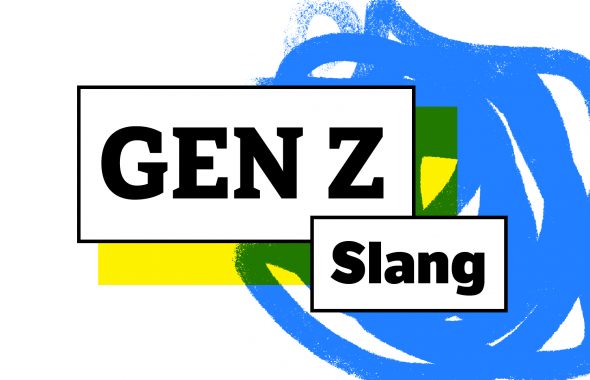“The pursuit of Happiness” was thought to be an unalienable right by the writers of the US Declaration of Independence. However, in 1776, the definition of happiness evoked a different meaning than it does today. When the framers of this historic document wrote about “Life, Liberty, and the pursuit of Happiness,” what exactly did they mean by “happiness”?
The term happiness comes from the Old Norse term happ meaning “luck” or “chance.” It’s also related to the Old English word hæpic meaning “equal.” While early senses of happiness dating from the 1500s are still very much in use, such as “good luck,” “success,” and “contentment,” Francis Hutcheson, an Irish reverend and philosopher pictured here, brought a new, more political interpretation of happiness to English speakers with his 1725 treatise An Inquiry into the Original of Our Ideas of Beauty and Virtue. His political philosophy: “that Action is best which accomplishes the greatest Happiness for the greatest Numbers; and that worst, which in like manner occasions Misery.” The popularity of Hutcheson’s philosophies helped tie the concepts of civic responsibility and happiness to one another in the minds of the great political thinkers of the 18th century, including the writers of the Declaration of Independence.
US Supreme Court Justice Anthony Kennedy explained this often forgotten sense of happiness in his 2005 lecture at the National Conference on Citizenship. Kennedy notes that while in modern times there is a “hedonistic component” to the definition of happiness, for the framers of the Declaration of Independence “happiness meant that feeling of self-worth and dignity you acquire by contributing to your community and to its civic life.” In the context of the Declaration of Independence, happiness was about an individual’s contribution to society rather than pursuits of self-gratification. While this sense has largely fallen out of use today, it’s important to keep these connotations of happiness mind when studying political documents from the 18th century.
—
Read our previous post about the word flair.













